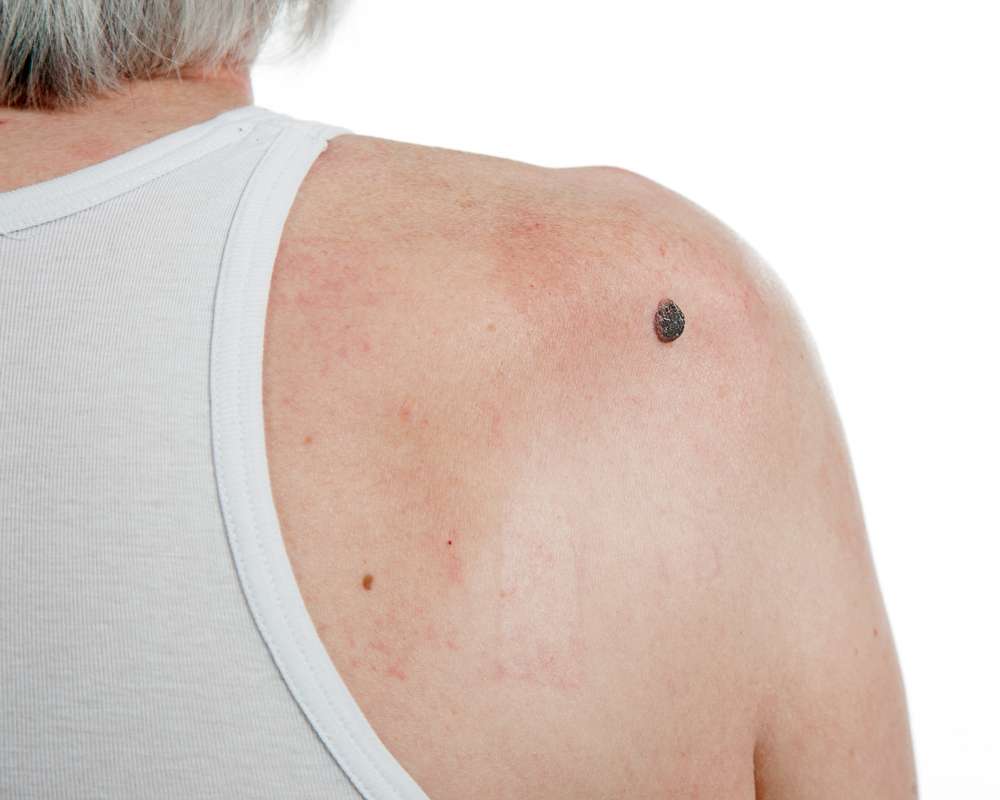Understanding Skin Cancer: Prevention, Symptoms, and Awareness
Skin cancer awareness helps people understand the importance of protecting their skin and recognizing early signs. Learning about sun safety, regular skin checks, and consulting healthcare professionals can support informed choices while promoting overall skin health and wellbeing.

Skin cancer is a widespread condition that occurs when skin cells grow abnormally, typically due to unrepaired DNA damage that triggers mutations. These mutations lead cells to multiply rapidly and form malignant tumors. The three primary types are basal cell carcinoma, squamous cell carcinoma (together known as non-melanoma skin cancers), and melanoma—the most dangerous form. With early detection and proper treatment, most skin cancers can be effectively managed, highlighting the importance of awareness and preventive measures.
Essential Skin Cancer Prevention Strategies
Preventing skin cancer begins with understanding sun exposure risks. Ultraviolet (UV) radiation—both UVA and UVB rays—damages skin cells and contributes significantly to skin cancer development. Apply broad-spectrum sunscreen with SPF 30 or higher every two hours when outdoors, even on cloudy days. Physical barriers provide additional protection: wide-brimmed hats, UV-blocking sunglasses, and clothing with UPF (Ultraviolet Protection Factor) ratings effectively shield your skin from harmful rays.
Timing outdoor activities strategically also plays a crucial role in prevention. Avoid direct sun exposure between 10 am and 4 pm when UV rays are strongest. Regular skin examinations, both self-conducted monthly and professional checks annually, help detect suspicious changes early. Remember that prevention extends to artificial UV sources as well—tanning beds and sunlamps significantly increase skin cancer risk and should be avoided entirely.
Recognizing Key Skin Cancer Symptoms
Early detection dramatically improves treatment outcomes for all skin cancers. The ABCDE rule serves as an excellent memory aid for identifying potential melanoma symptoms: Asymmetry (one half unlike the other), Border (irregular, scalloped, or poorly defined), Color (varies from one area to another), Diameter (larger than 6mm, though melanomas can be smaller), and Evolving (changing in size, shape, color, or elevation). For non-melanoma skin cancers, watch for persistent, non-healing sores, reddish patches, or shiny bumps or nodules.
Skin cancer can develop anywhere on the body, including areas rarely exposed to sunlight. Pay particular attention to often-overlooked regions such as between toes, soles of feet, palms, genital areas, and the scalp. Any new growth, changing mole, or unusual skin development warrants medical evaluation. People with darker skin tones should be especially vigilant about checking areas where pigmentation is lighter, such as palms, soles, and nail beds, as melanomas in these locations are often diagnosed at later stages.
Comprehensive Skin Cancer Awareness Resources
Numerous organizations provide valuable educational materials and support networks for skin cancer awareness. The Skin Cancer Foundation (skincancer.org) offers comprehensive information on prevention, detection, and treatment options. Cancer Research UK provides UK-specific guidance, statistics, and support services tailored to British patients and their families. The British Association of Dermatologists regularly publishes updated guidelines and patient resources on their website.
Digital tools have revolutionized skin cancer awareness and early detection. Several smartphone applications help track and analyze moles over time, though these should complement rather than replace professional medical evaluation. Many dermatology practices now offer teledermatology services, allowing patients to receive preliminary assessments of concerning skin lesions remotely. For those seeking in-person evaluations, many hospitals and clinics host free skin cancer screening events, particularly during Skin Cancer Awareness Month in May.
Risk Factors and Vulnerable Populations
Certain factors significantly increase skin cancer risk. Fair-skinned individuals, those with numerous moles or atypical moles, and people with a personal or family history of skin cancer face elevated risks. Genetic conditions like xeroderma pigmentosum dramatically increase susceptibility to UV damage. Immunosuppressed individuals, including organ transplant recipients and those with certain autoimmune conditions, experience higher rates of skin cancer and require vigilant monitoring.
Occupational exposure presents another significant risk factor. Outdoor workers in construction, agriculture, landscaping, and similar fields face cumulative UV exposure that substantially increases their skin cancer risk. These workers should implement rigorous protection measures, including regular sunscreen application, protective clothing, and scheduled skin examinations. Similarly, those living in high-altitude regions or near the equator face greater UV intensity and should adjust their protection strategies accordingly.
Treatment Approaches and Recovery
Skin cancer treatment options vary based on cancer type, stage, location, and individual health factors. Early-stage treatments often involve simple excision procedures that can be performed in a dermatologist’s office under local anesthesia. More advanced cases might require Mohs surgery (a specialized technique that preserves healthy tissue while removing cancerous cells), radiation therapy, immunotherapy, or targeted therapy medications.
Recovery experiences differ significantly between treatment types. Minor excisions typically heal within weeks with minimal scarring, while more extensive surgeries may require longer recovery periods and possibly reconstructive procedures. Advanced melanoma treatments like immunotherapy can involve managing significant side effects during treatment courses that may last months or years. Support groups, both in-person and online, provide valuable emotional resources for patients navigating diagnosis, treatment, and recovery. Many patients find that connecting with others who understand their experiences helps reduce anxiety and improves quality of life throughout the treatment journey.
This article is for informational purposes only and should not be considered medical advice. Please consult a qualified healthcare professional for personalized guidance and treatment.




